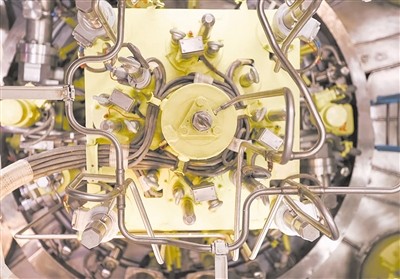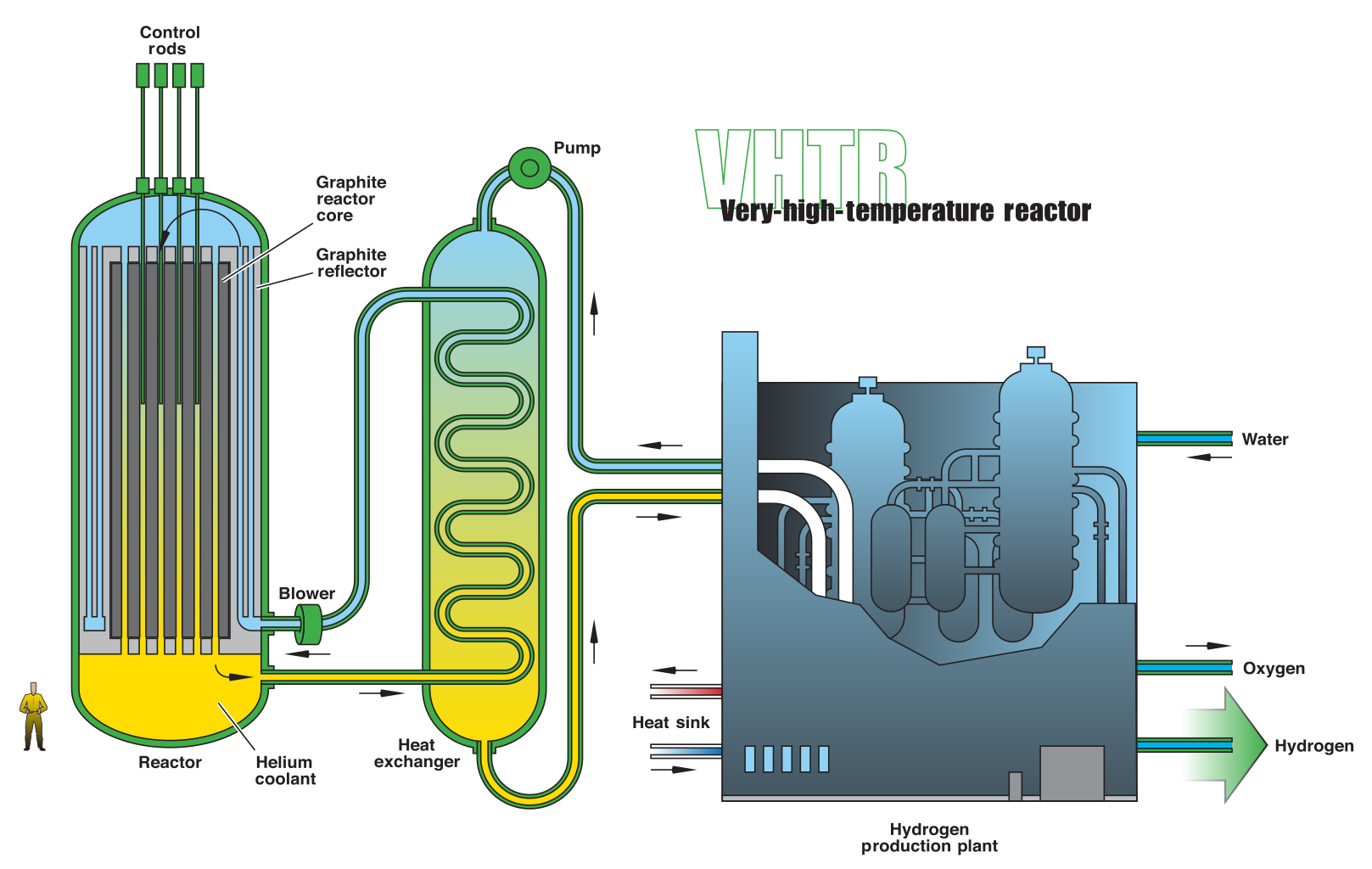

Russian scientists have proposed a method for a new neutron absorber for high-temperature gas-cooled nuclear reactors, helping to greatly improve the safety of such reactors developed since the mid-20th century. The findings are in the journal Atomic Energy.

With relatively simple design and maintenance, HTGS are about 50 percent efficient and fuel efficient, allowing them to operate for about a decade without recharging. In addition, they may be relatively small in size. These advantages make HTGR the best solution for ensuring energy and heat supply to settlements and businesses in hard-to-reach areas, such as the far North. However, a number of technical problems have remained unresolved since the mid-20th century, making it economically uneconomical to produce the series.
Researchers at Tomsk University of Technology have developed a new method for monitoring the reactivity of high-temperature gas cooled reactors, greatly improving their safety. It is based on the neutron absorber released by the use of gaseous boron trifluoride as nuclear fuel.

Boron trifluoride makes it possible to quickly affect changes in the reactor's neutron physical parameters when deviating from the standard, and the use of the new absorber not only helps to control the nuclear reaction more effectively, its enriched version is also ideal for a safe emergency halt of the reactor, said Vladimir Kneshev, an assistant at the university's nuclear fuel cycle department. The main advantage of boron trifluoride, he says, is that it remains a gaseous state at temperatures up to 1,000 degrees Celsius and does not decompose. This compound is highly toxic, but is completely neutralized in ordinary water at room temperature.
The research is based on a high-temperature gas-cooled reactor with helium heat removal developed by Tomsk University of Technology. The reactor has a modular design that can be optimized to solve various energy problems.
